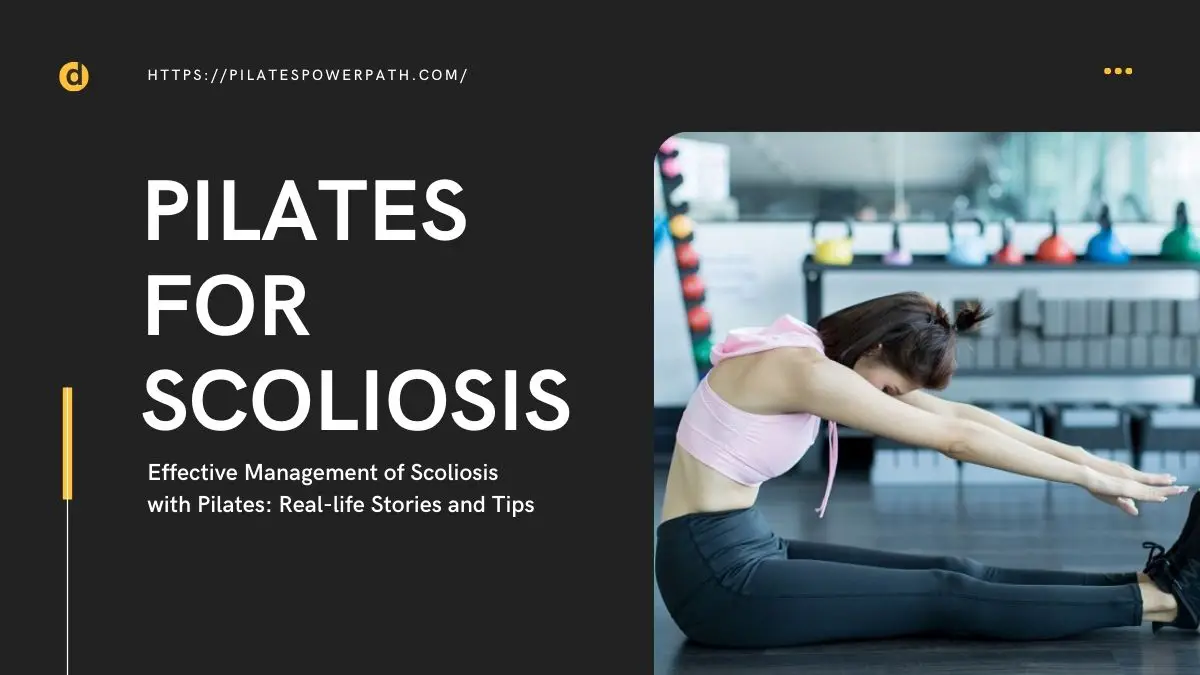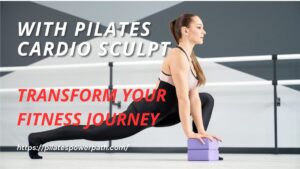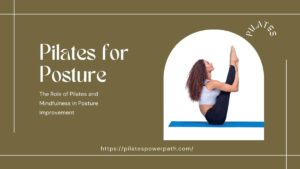Scoliosis is a medical condition that causes a person’s spine to curve sideways, often resembling an “S” or “C” shape. It most commonly occurs during the growth spurt before puberty and can have varying degrees of severity. The causes of scoliosis are generally categorized into congenital, neuromuscular, idiopathic, and degenerative.
Exercise plays a pivotal role in managing scoliosis and mitigating its impact. Regular physical activity strengthens the muscles supporting the spine, improves posture, and enhances overall body balance. Exercise regimens for scoliosis are designed to reduce pain, slow progression, and improve physical functionality.
Pilates is a physical fitness system that emphasizes posture, core strength, balance, and flexibility. For individuals with scoliosis, Pilates can be particularly beneficial. It encourages symmetrical muscle development, promotes spinal alignment, and enhances body awareness. Pilates exercises can often be tailored to suit individual needs, making it an adaptable and effective approach to scoliosis management.
Understanding Scoliosis
Scoliosis is a complex, multifaceted condition that can be understood better by delving into its definition, types, causes, and the impact it has on spinal health.
Definition and Types of Scoliosis
Scoliosis is characterized by an abnormal, lateral curvature of the spine, often forming an “S” or “C” shape. There are several types of scoliosis, each with unique characteristics and causes. The most common form is idiopathic scoliosis, which often develops during adolescence and its cause is unknown. Congenital scoliosis occurs due to a bone abnormality at birth. Neuromuscular scoliosis is caused by neuromuscular conditions like cerebral palsy or muscular dystrophy. Degenerative scoliosis, also known as adult-onset scoliosis, arises due to the aging process, arthritis, or osteoporosis.
Read More: The Role of Pilates and Mindfulness in Posture Improvement
Causes and Risk Factors
The exact cause of scoliosis varies and is often unknown in many cases. However, identifiable causes include congenital bone malformations, genetic conditions, and neuromuscular problems. Risk factors for developing scoliosis include age (onset is typically just before puberty), sex (females are more likely to have scoliosis with severe curves), and family history (scoliosis can run in families).
Impact of Scoliosis on Spinal Health
Scoliosis, particularly when severe, can have a significant impact on spinal health. It can cause chronic back pain and discomfort, breathing difficulties, and a visible deformity in the spine. It may lead to mobility issues and can also affect the functioning of the heart and lungs in extreme cases. Therefore, early diagnosis and management of scoliosis are crucial in maintaining spinal health.
How Pilates Can Help Scoliosis
Core Strengthening and Muscle Imbalances
Core strengthening is an integral part of Pilates, and it is especially beneficial for individuals with scoliosis. Scoliosis often results in muscle imbalances, with muscles on one side of the spine being stronger than the other. Pilates exercises target these imbalances by strengthening underused muscles and stretching tighter ones. This approach fosters a more balanced, symmetrical musculature, which can help in managing scoliosis symptoms.
Improving Posture and Alignment
Scoliosis can cause significant postural deviations, including uneven shoulders and a tilting waistline. Pilates exercises, by focusing on the body as a whole, promote better postural alignment and symmetry. They encourage the lengthening of the spine and help individuals maintain a more neutral and balanced posture. Over time, regular Pilates practice can result in improved postural habits and less visible physical manifestations of scoliosis.
Flexibility and Range of Motion Enhancement
Pilates also emphasizes flexibility and range of motion — both of which can be limited in individuals with scoliosis. Through slow, controlled movements, Pilates exercises gently stretch the muscles and increase spinal mobility. This can alleviate stiffness and discomfort associated with scoliosis, improving overall functionality and quality of life.
Breathing Techniques for Scoliosis Management
Breathing is a key element in Pilates, and learning to breathe correctly can have multiple benefits for those with scoliosis. Deep, coordinated breathing can help lengthen the spine, reducing muscle tension, and promoting relaxation. Furthermore, specific breathing techniques can facilitate the engagement of core muscles, reinforcing the beneficial effects of Pilates exercises. Additionally, since scoliosis can impact lung function in severe cases, these breathing techniques can also aid in improving respiratory capacity.
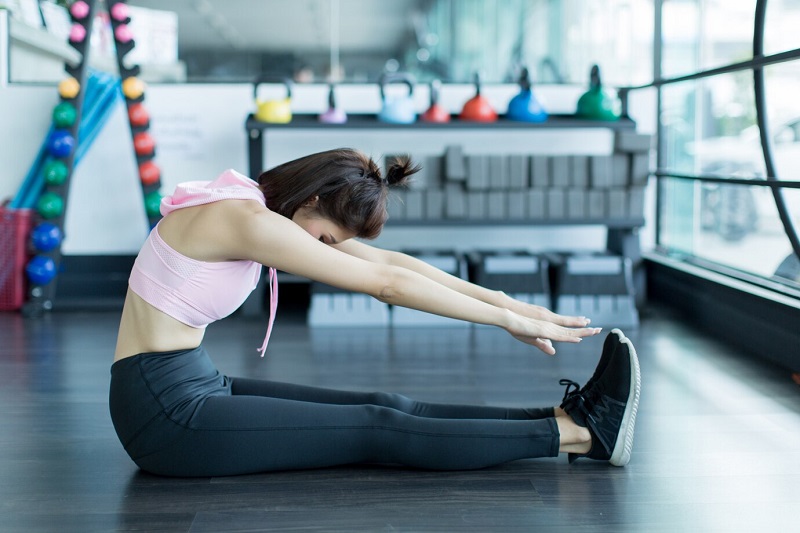
Tailoring Pilates Exercises for Scoliosis
Assessing Individual Needs and Severity
Every case of scoliosis is unique, with variations in curvature type, severity, and location. Thus, it’s important to evaluate each individual’s condition before designing a Pilates regimen. The assessment should consider the patient’s physical abilities, pain levels, and mobility restrictions. This personalized approach helps ensure safety and efficacy, facilitating a greater improvement in spinal health.
Modifications and Adaptations for Different Curves
The nature of the spinal curve in scoliosis significantly influences the approach to exercise. Pilates exercises can be modified and tailored to address specific curve patterns. For instance, certain movements may be adapted to focus on lengthening the concave side of the curve or strengthening the muscles on the convex side. This customization helps address the specific challenges posed by different curve types, making the exercise program more effective.
Specific Pilates Exercises for Scoliosis Patients
Several Pilates exercises are especially beneficial for scoliosis patients. Stretches targeting the spine, such as the Pilates roll-up or cat-cow stretch, can increase flexibility, reduce tension, and promote spinal elongation. Core strengthening exercises like the plank or the hundred can help balance muscle development, counteracting the asymmetries caused by scoliosis. Lastly, exercises focusing on asymmetrical movements like side bends and twists can further address muscle imbalances and promote better alignment. It’s essential, however, to perform these exercises under professional guidance to ensure correct form and prevent injury.
Benefits of Pilates for Scoliosis Patients
Pain Management and Relief
Pilates, with its emphasis on controlled, low-impact movements, can be an effective tool for managing and relieving scoliosis-associated pain. The exercises aim to improve musculoskeletal function, which can alleviate pressure on the spine and reduce discomfort. Also, Pilates’ focus on deep, mindful breathing can encourage relaxation and aid in pain reduction. Regular practice can lead to a gradual decrease in pain levels, contributing to an improved quality of life.
Improved Body Awareness and Postural Control
Pilates encourages participants to pay attention to their bodies – their alignment, movement, and breathing. This heightened body awareness can be particularly beneficial for individuals with scoliosis, as it can help them understand their postural tendencies and identify areas of tension or discomfort. Regular Pilates practice can lead to improved postural control, enabling individuals to self-correct their posture in their daily activities. This can result in a decreased visual impact of the scoliosis and improved overall physical function.
Psychological Well-being and Stress Reduction
Living with scoliosis can be stressful and anxiety-inducing, impacting an individual’s psychological well-being. Pilates can help mitigate these effects. The mindful nature of the exercises, coupled with the focus on rhythmic, deep breathing, can promote relaxation and reduce stress. Moreover, physical improvements – better posture, reduced pain, increased strength, and flexibility – can boost self-confidence and body image, enhancing overall mental well-being. Lastly, participating in Pilates classes can provide social interaction and community support, further contributing to psychological health.
Precautions and Considerations for Scoliosis Patients Practicing Pilates
Consulting a Healthcare Professional
Before commencing a Pilates regimen, it is vital for individuals with scoliosis to consult with their healthcare provider. This can ensure that the exercise program is suitable for their current condition and won’t exacerbate their symptoms. Professionals can evaluate the patient’s medical history, physical condition, and the severity of their spinal curvature. Moreover, they can provide necessary medical clearance or additional recommendations for the Pilates program.
Importance of Proper Technique and Supervision
For individuals with scoliosis, adhering to proper technique while performing Pilates exercises is crucial in order to prevent injury and maximize benefits. This is why professional supervision is highly recommended, especially in the initial stages. Qualified Pilates instructors can ensure that the exercises are performed correctly, offer necessary modifications, and provide guidance on the appropriate intensity and frequency of the workouts.
Understanding Limitations and Avoiding Overexertion
It’s essential for scoliosis patients to understand their physical limitations and avoid overexertion when practicing Pilates. They should listen to their bodies and avoid any exercises that cause pain or discomfort. Moreover, they should aim for a gradual progression in their routines, starting with simpler exercises and slowly moving to more challenging ones as their strength and flexibility increase. It’s important to remember that the goal is not to achieve perfect form, but to improve individual functionality and well-being.
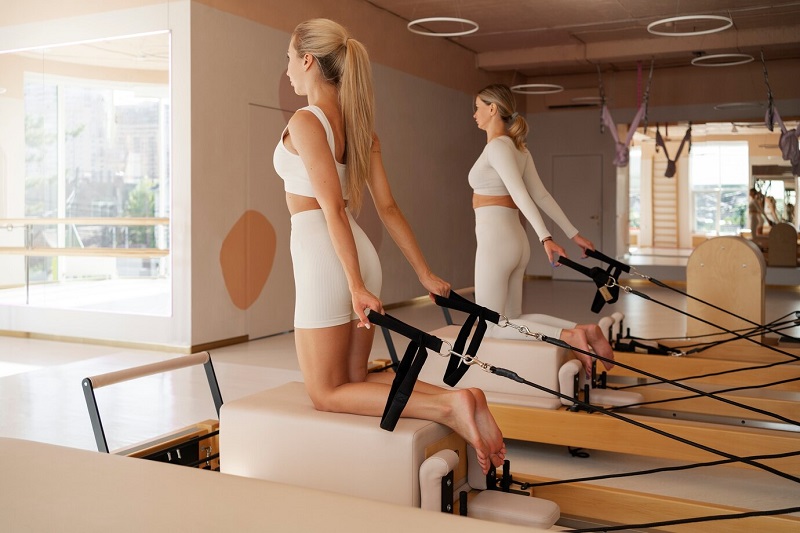
Real-Life Success Stories and Testimonials
Throughout the years, countless individuals have managed their scoliosis symptoms effectively through consistent Pilates practice. A testament to this is Anna, who began Pilates at the age of 30 after a diagnosis of moderate scoliosis. Anna found that the exercises not only reduced her back pain but also significantly improved her posture and overall muscle tone. She shares that “Pilates became both a tool for managing my condition and a pathway to a healthier lifestyle.”
Personal Experiences of Individuals Managing Scoliosis with Pilates
Another compelling story is that of Mark, a long-time runner diagnosed with scoliosis in his late 40s. Mark incorporated Pilates into his fitness routine and found a dramatic decrease in the asymmetry of his body. He says, “Pilates has helped me relearn how to move my body in a balanced way. It has been a game-changer in managing my scoliosis.”
Positive Impact on Daily Life and Functional Movement
Pilates has also greatly impacted individuals’ daily lives. Sarah, a mother of two, struggled with everyday tasks due to her scoliosis. After six months of regular Pilates classes, Sarah noticed a significant improvement in her strength, flexibility, and endurance. “I can now carry out my day-to-day tasks without discomfort. Pilates has truly been transformative,” she says.
These stories highlight the potential of Pilates as a non-invasive, therapeutic approach for managing scoliosis. While results may vary, it’s clear that the practice can lead to substantial improvements in individuals’ health and well-being.
Tips for Incorporating Pilates into Daily Routine
Establishing a Consistent Practice Schedule
Establishing a consistent Pilates practice schedule is crucial when managing scoliosis. Whether you choose to attend classes or practice at home, aim for a routine that fits comfortably into your daily schedule. Starting with two to three sessions per week can be a good starting point, gradually increasing frequency as your body adapts.
Combining Pilates with Other Therapies or Exercises
While Pilates can be highly beneficial for individuals with scoliosis, it may be advantageous to combine it with other therapies or exercises. Yoga, swimming, or gentle strength-training exercises can complement Pilates, providing additional stretching and strengthening benefits. Always remember to consult your healthcare provider before starting any new exercise regimen.
Maintaining Long-Term Commitment and Progress Tracking
Managing scoliosis with Pilates requires a long-term commitment. It’s not a quick fix but a lifestyle change. To stay motivated and measure your progress, consider keeping a journal documenting your sessions, noting any changes in your posture, strength, and any reduction in discomfort. Celebrate small victories, and remember that any progress, no matter how small, is a step in the right direction.
Conclusion
In conclusion, Pilates emerges as a versatile, accessible, and effective method for managing scoliosis, offering multiple benefits including improved posture, enhanced core strength, increased flexibility, and greater body awareness. However, it is not a silver bullet, and should ideally be paired with other therapies and lifestyle modifications to achieve the best results.
For those considering Pilates as a complementary approach to managing scoliosis, remember that each journey is unique. What works for one person may not work for another, but the important thing is to remain patient, consistent, and positive. Start slowly, listen to your body, and adjust your practices as necessary. It’s not just about managing the curve of your spine but enhancing your overall well-being.
Finally, managing scoliosis is a lifelong commitment and a holistic endeavor, where mental toughness is as important as physical strength. While Pilates can absolutely form a cornerstone of your management plan, it should be supplemented with a balanced diet, regular check-ups, and a positive mindset. It’s not just about ‘straightening’ a curve, but living a full, active, and happy life, despite scoliosis. Remember, you are more than your diagnosis, and with the right tools and support, you can live well with scoliosis.
Frequently Asked Questions
While Pilates cannot cure scoliosis, it can be a highly effective method for managing the symptoms. Regular Pilates exercises can help improve posture, strength, and flexibility, and can contribute to a better quality of life for individuals living with scoliosis.
The frequency of Pilates exercises can vary depending on the individual’s condition and comfort level. However, as a starting point, two to three sessions per week are often recommended. As the body adapts, the frequency of sessions can be gradually increased.
Yes, many Pilates exercises can be done at home. However, it is recommended to first learn these exercises under the supervision of a trained professional to ensure they are performed correctly. Always remember to listen to your body and avoid exercises that cause pain or discomfort.

